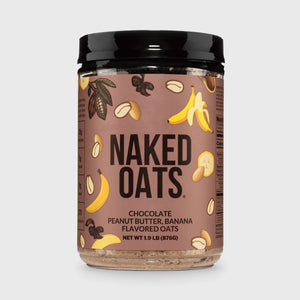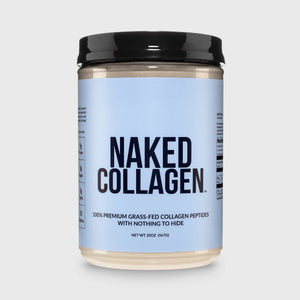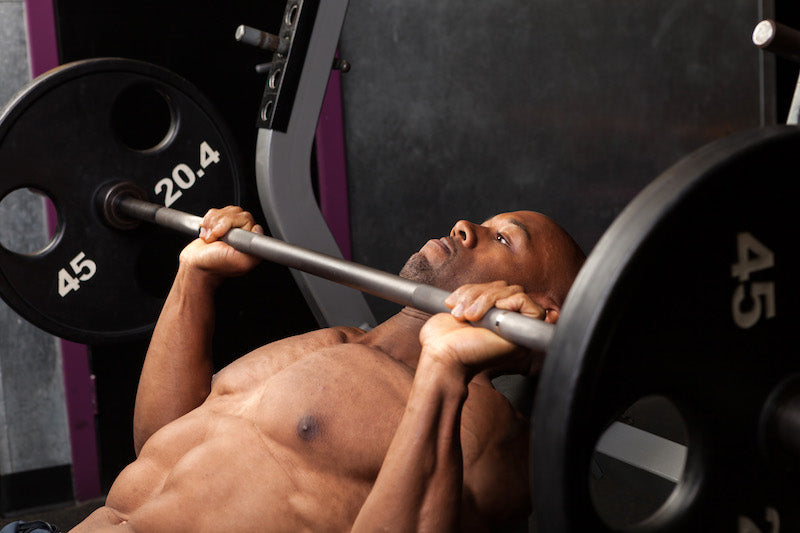A lot of us in the gym want to build a big, impressive chest. And for that, you’re probably doing some kind of bench press. But which bench press variation is more effective - incline or flat bench press?
Both are excellent chest-building exercises. Yet there are some key differences, and some areas where one is better than the other.
We’re going to look at that, and more, in this post. Keep reading to get the full scoop on incline vs flat bench press.
A Bit More About Your Chest Muscles
The main muscle you’re working during a bench press (both flat and incline bench) is the pectoralis major - aka pectorals or pecs.
The bench press puts stress on the pecs, forcing them to contract, leading to increases in size and strength with enough repetitions.
The pec is a big muscle, so working it from different angles works different parts of the muscle. The pec has several “heads”, which is where the muscle connects to your bones.
There’s the clavicular head, which connects to your clavicle (collarbone) at the top of the pec. Then there are multiple sternocostal heads, which connect to your sternum (the bone in the middle of your ribcage).
Keep this in mind for later, as understanding the mechanics of the pecs will help you figure out what kind of bench press you should be doing.

What Other Muscles Are Used During Bench Press?
Along with the pecs, you’re also working a number of other muscles during a bench press, which is what makes it such an efficient and useful exercise.
The muscles activated in each variation can differ. Here’s a quick look at each.
Muscles Used Most During Flat Bench
The flat bench primarily works the middle part of the pecs (the sternocostal heads). Flat bench presses also work the anterior deltoid (the front part of the shoulders) and the triceps.
Those are the key drivers of force for the flat bench - but you’ve also got a number of stabilizer muscles that help with the movement, including the rear delts, traps, lats, biceps and core.
Muscles Used Most During Incline Bench

With the incline bench, you’re targeting the upper pecs, around the clavicular head.
Like the flat bench, it also activates the front delts and triceps, as well as most of the same stabilizer muscles. The incline bench works the anterior deltoids/front delts a little more than the flat bench does, however.
Incline vs. Flat Bench: Which Activates Chest Muscles Most?
Flat bench tends to activate the entire pectoral more than an incline bench does.
However, it’s not as simple as saying that a flat bench is better than an incline for building chest muscles. It depends on what part of the chest you want to focus on. If you’re looking to target a specific part of the chest, you might find that incline provides better visible results.
Are Different Parts of the Chest Worked More During Incline and Flat Bench Press?
Yes! This is the key difference to keep in mind with incline vs flat bench press.
The flat bench works primarily the middle pec, as well as the upper and lower pec to a degree. It’s a good all-around chest-building exercise.
The incline bench, on the other hand, focuses much more on the upper chest and the front delts. The bigger the incline, the more it activates these areas, and the less you work the middle and lower pec.
There is a point of diminishing returns for the upper pec, though. Keep reading and we’ll explain that point a little later.
Incline vs. Flat Bench Press: Which is Better?

There’s no right or wrong answer for what’s better between an incline and a flat bench. It’s really up to your own goals and preferences.
If you’re to choose one, here’s some information to help you pick between the two.
Is Incline or Flat Better for Aesthetics?
For aesthetics, you really need a combination of the two. If you only do flat bench press, your upper pecs may end up lagging behind - yet if you only do incline, you’ll likely have the same problem (but worse) in the middle and lower pecs.
Depending on what other exercises you do to target the chest, you’ll probably want to switch up between flat and incline bench, either alternating days or doing both in your chest routine.
Which Bench Angle Improves Strength More?
Generally speaking, a flat bench is better for strength, as it works your muscles more evenly. That allows you to exert more force, and get better strength gains as a result.
Is Incline or Flat Better for Athletic Training
Flat vs incline bench for athletic training depends on what specific type of activity you’re training for.
If the activity requires more upper body strength, particularly around the upper chest and shoulders, an incline bench may work better. But other activities may benefit more from the all-round gains of the flat bench.
Is Flat Bench Safer Than Incline Bench?
One of the biggest benefits of incline bench vs flat bench is in safety, and avoiding injuries.
Flat bench puts a lot of stress on your shoulders, particularly your rotator cuffs. It’s also responsible for a lot of pectoral tears, when people overdo it and bring too much weight down too low.
Incline bench - providing you don’t overdo it and maintain proper form - is better on the shoulders and overall a safer lift, with less likelihood of causing injury.
Should I Do Incline or Flat Bench First?
If you’re starting out in strength training, it’s probably better to start with a flat bench. That’s just because it works the pecs more evenly, so you can build more overall gains in chest size and strength, early on.
There are merits to both though. Incline bench being safer may make it a better beginner’s exercise, as you’re less likely to injure yourself while getting your form down. The improvements you make to your stabilizer muscles can then be transferred to doing flat bench properly and safely at a later time.
What is the Proper Incline Angle for a Bench Press?

There’s no “right” angle to do an incline bench press. It can be anywhere from a 15 to 45-degree incline.
The more the incline, the less you’ll work your middle and lower pec, and the more you’ll activate your front delts.
Increasing the incline also increases upper pec activation - to a point. After 30 degrees, upper pec activation drops along the same rate as the middle and lower pec.
So if you want to maximize upper pec activation, go with 30 degrees. If you want a little more all-round benefit, bringing in the lower and middle pec, go with 15 degrees.
Other Things to Consider During Incline or Flat Bench Presses
Here are a few other tips to help you get the most out of your bench presses, incline or flat.
Proper Bench Press Grip
You should start the bench press with your hands around shoulder-width apart, or a little wider. Keep your wrists in a neutral position - don’t let them bend backward or forward.
There are bench press variations that change up the grip. Most notably, close-grip bench presses are a great way to work the triceps, while still activating the pecs to a degree.
However, be sure to change the weight up if you change the grip as well. Going too heavy with a grip variation could do damage to your elbows, shoulders or other areas of the body.
The Help of a Spotter During Bench Presses
It’s a good idea to use a spotter when doing heavy bench presses. Since you’re under the bar, you go a little too heavy and you can end up stuck under hundreds of pounds.
If there’s no one around to spot you, consider going a little lighter and doing more reps, or doing your bench press on the smith machine (which won’t be quite as effective, but is safer).
How to Stretch Before Incline or Flat Bench

Like any exercise, you should stretch and warm up properly before benching.
Do some light dynamic stretching to warm up the muscles you’re about to use, such as the pecs, front delts, and triceps. You can also do push-ups and/or dips to get these muscles warm and activated before moving on to a proper bench press.
Don’t Compete With Others
Final tip - don’t get competitive with a bench press.
You’re competing against the “you” from yesterday, not anyone else. Just try to get 1% better every day.
Competing against others is the quickest way to try and lift too much and end up hurting yourself.
Everyone likes to brag about their bench numbers, but it’s much better to stay safe and healthy than injure yourself trying to beat the guy next to you.
Bottom Line on Incline vs. Flat Bench
Incline and flat bench are both great chest-building exercises. Each has its own benefits, and arguably makes the most sense to use together, rather than sticking to one or the other.
A flat bench is good for all-around chest strength and definition. The incline bench builds the upper chest and front delts more, putting less stress on the shoulder joints, and not building the middle and lower chest as much.
Incorporate both into your routine if you can to build each head of the pec muscles and a big all-around chest.














